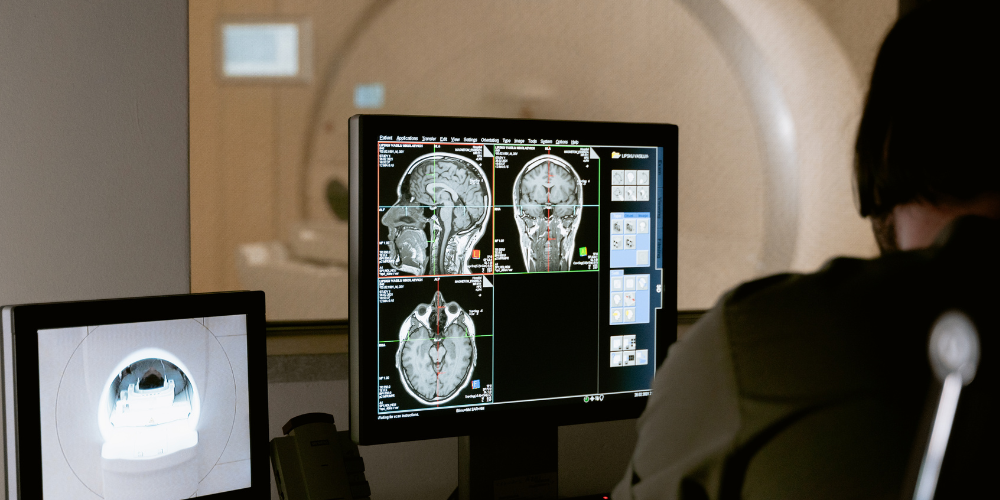In healthcare tech, the importance of accurate and calibrated medical displays, commonly referred to as medical monitors or radiology monitors, is paramount. These specialized screens are integral across various healthcare disciplines, with a particular emphasis on radiology, where precise and detailed images play a pivotal role in accurate diagnoses and treatment planning. This article delves into the critical calibration and maintenance practices that are essential for ensuring the reliability and longevity of your hospital or clinic's medical displays.
Maintaining medical displays is a fundamental aspect of upholding their accuracy, consistency, and longevity. In the absence of regular maintenance, displays may undergo performance degradation, resulting in inaccurate image representation and the potential for misdiagnosis. By implementing proper maintenance practices, radiologists can ensure that their medical displays consistently deliver precise and reliable imaging results, thereby maintaining the high standards required for effective patient care.
Factors to Deliberate in Display Maintenance:
Cleaning for Optimal Performance:
Regular cleaning is foundational to remove dust, fingerprints, and other contaminants that could adversely impact image quality. Using appropriate cleaning solutions and materials recommended by the display manufacturer is crucial to ensure the longevity and clarity of the medical display.
Calibration for Accuracy:
Regular calibration is a cornerstone in the maintenance of medical displays. This involves adjusting display settings to sustain accurate color reproduction, contrast, and luminance levels. Calibration should be performed using specialized equipment and software designed explicitly for radiology displays, ensuring that each pixel faithfully represents the intended diagnostic information.
Software Updates for Enhanced Functionality:
Keeping the display's firmware and software up to date is paramount. Regular updates are crucial to ensure compatibility with evolving technologies, address known issues, and introduce performance improvements. This continuous enhancement in functionality contributes to the overall reliability and efficiency of the medical display.
Quality Control Checks for Performance Assurance:
Periodic quality control checks serve as proactive measures to identify potential issues with the display's performance or functionality. These checks involve the verification of luminance, contrast, and color accuracy using calibrated measurement devices. Through systematic quality control, healthcare professionals can detect deviations promptly and take corrective actions to maintain the precision of radiology monitors.
Optimizing the Display Environment:
The display's environment plays a pivotal role in ensuring optimal performance. Factors such as ambient lighting, temperature, and humidity must be meticulously controlled and optimized to maintain consistent image quality. A carefully managed environment contributes to the overall effectiveness and reliability of medical displays.
Adherence to the Digital Imaging and Communications in Medicine (DICOM) standard is a key aspect of maintaining accuracy in medical displays. DICOM ensures the accurate reproduction of grayscale images, fostering consistency across different devices in the medical field. Additionally, the DICOM Grayscale Standard Display Function (GSDF) plays a critical role in calibration. By establishing a standard for the luminance response of medical displays, the GSDF ensures a consistent relationship between pixel values and luminance. This standardization is particularly crucial in radiology, where subtle variations in grayscale can have significant implications for diagnosis.
Overall, calibrating medical displays is a meticulous process involving adjustments to luminance, contrast, and color balance to ensure accurate and consistent image representation. This process is not a one-time event but an ongoing necessity to account for changes in the display's performance over time. Continuous calibration efforts contribute to the longevity and reliability of medical monitors, ensuring they meet the rigorous demands of modern healthcare.
As technology advances and the demands on medical displays evolve, the unwavering dedication to these calibration and maintenance principles ensures that these displays continue to be reliable allies in the pursuit of accurate diagnoses, effective treatment planning, and ultimately, enhanced patient care in the dynamic landscape of modern healthcare.


